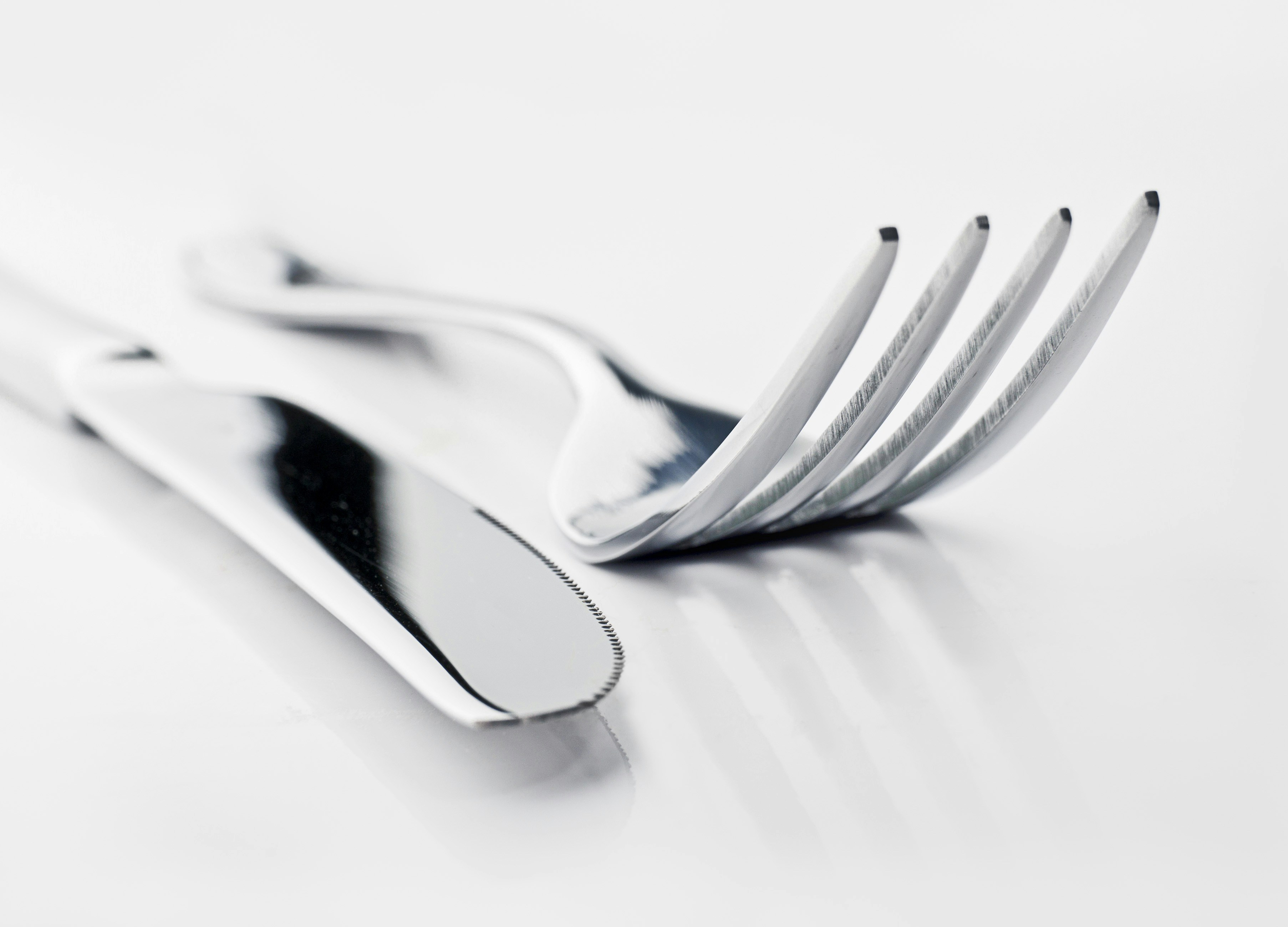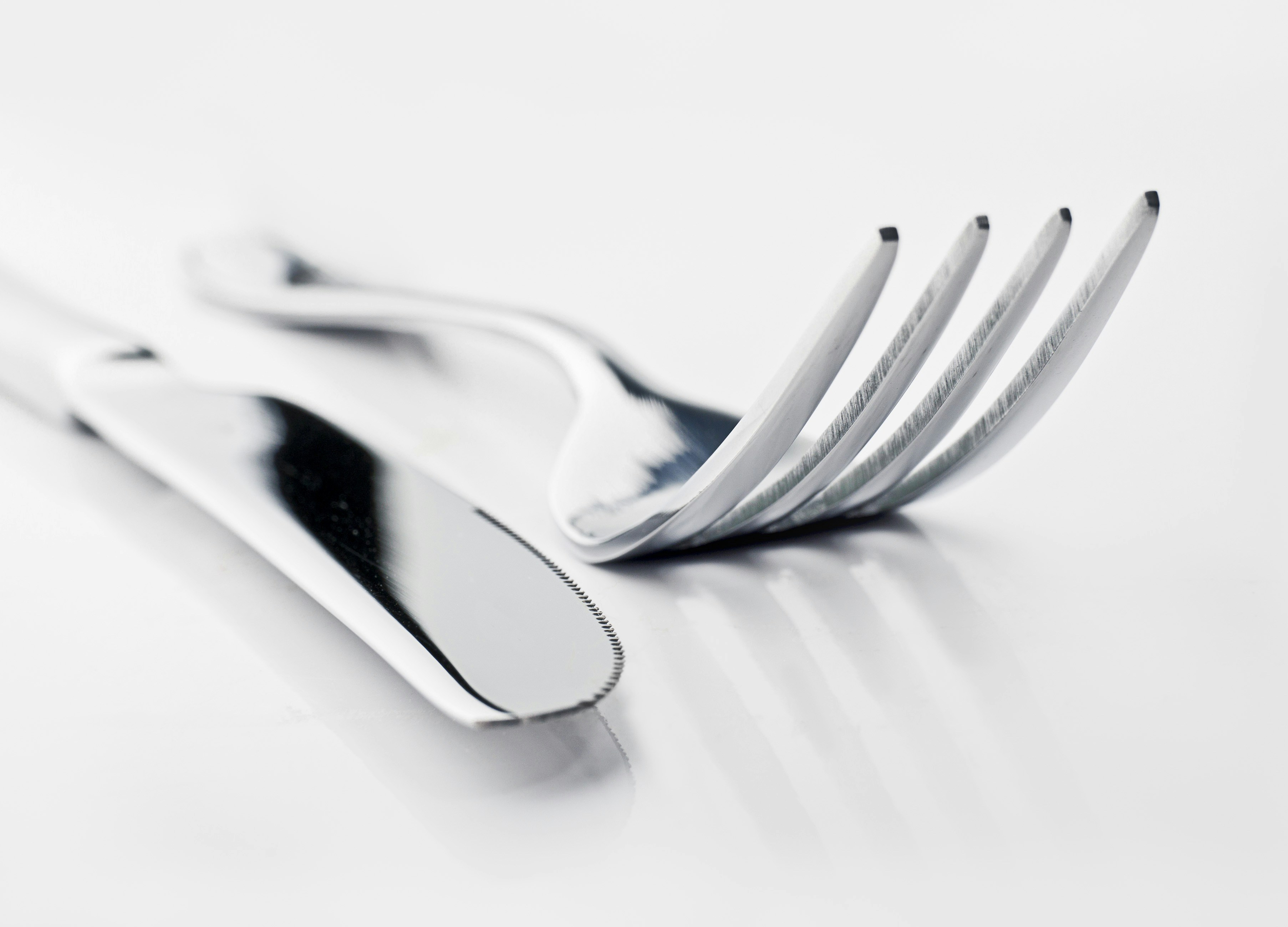Introduction to Russian Silverware
Russian silverware holds a distinguished place in the annals of craftsmanship, reflecting the intricate artistry and cultural richness of Russia. From the grandeur of the Tsarist era to modern times, silverware has played a significant role in Russian history, symbolizing both status and tradition. These exquisite pieces have adorned royal banquets, religious ceremonies, and everyday households, demonstrating their versatility and importance in Russian life.
Throughout centuries, Russian silverware has evolved, influenced by historical events and cultural exchanges. The evolution of craftsmanship in Russian silverware is a testament to the country’s artistic heritage, showcasing a blend of indigenous styles and foreign influences. Renowned for its detailed engraving, repoussé work, and enamel decoration, Russian silverware reflects the skill and creativity of its artisans.
Notable pieces of Russian silverware, such as Fabergé eggs and imperial flatware, have become iconic, celebrated for their opulence and artistic merit. These masterpieces not only exemplify the technical prowess of Russian silversmiths but also provide a glimpse into the opulent lifestyles of the Russian aristocracy. The influence of historical events, including the rise and fall of the Romanov dynasty and the Soviet era, has left an indelible mark on the design and production of silverware, shaping its forms and motifs.
This blog post will delve into the treasures of Russian silverware, exploring the evolution of craftsmanship, highlighting notable pieces, and examining the impact of historical events on design. By understanding the rich heritage and significance of Russian silverware, one can fully appreciate the artistry and cultural legacy encapsulated in these timeless creations.
The historical evolution of Russian silver craftsmanship is a fascinating journey that reflects the broader cultural and political shifts within the country. This journey begins in the Kievan Rus’ era (9th to 13th centuries), where silverware was primarily utilitarian but also imbued with intricate designs that often featured religious iconography. The craftsmanship during this period was influenced by Byzantine and Scandinavian styles, resulting in a unique blend of aesthetic principles.
The Mongol invasion in the 13th century brought a significant disruption to Russian life, including its silver craftsmanship. During this tumultuous period, production slowed considerably. However, the Mongol influence introduced new techniques and motifs, such as intricate floral patterns and the use of niello, a black mixture used to fill in engravings, which later became a hallmark of Russian silverware.
The Romanov dynasty (1613-1917) marked a golden age for Russian silver craftsmanship. Under the patronage of the tsars, silversmiths flourished, creating elaborate pieces that were both functional and decorative. The designs from this era often featured Baroque and Rococo elements, reflecting the European influences that permeated Russian culture during this time. Silverware became a symbol of status and wealth, often gifted to foreign dignitaries and used in lavish court ceremonies.
The Soviet period brought another shift in the production and design of Russian silverware. The focus moved away from opulence and towards practicality and mass production. Despite these changes, Soviet silversmiths maintained high standards of craftsmanship. They introduced modern, streamlined designs that were more accessible to the general populace. However, traditional techniques were not entirely abandoned, and many artisans continued to produce intricate pieces that adhered to the rich heritage of Russian silver craftsmanship.
Today, Russian silverware is a testament to the country’s rich history, blending traditional techniques with modern design elements. Each era has left an indelible mark on the craft, making Russian silverware highly sought after by collectors and connoisseurs worldwide.
Techniques and Materials in Russian Silverware
Russian silverware, renowned for its exquisite craftsmanship, employs a variety of intricate techniques that have been passed down through generations. One of the most notable techniques is filigree, which involves twisting delicate threads of silver to create elaborate patterns and designs. This method requires a high level of skill and precision, resulting in pieces that are both visually stunning and structurally intricate.
Another significant technique in Russian silverware is niello, a process wherein a black mixture, typically composed of sulfur, copper, silver, and lead, is used to fill engraved or etched designs on the silver surface. Once the niello is inlaid, the piece is polished, leaving the darkened patterns in contrast with the gleaming silver background. This technique not only enhances the visual appeal but also adds depth and dimension to the artwork.
Enamel work is also a hallmark of Russian silverware. This technique involves fusing powdered glass to the metal surface through high-temperature firing, resulting in a colorful and glossy finish. Cloisonné and champlevé are two popular forms of enamel work used in Russian silverware. Cloisonné involves creating compartments with thin metal strips, which are then filled with enamel, while champlevé entails carving recesses into the metal before filling them with enamel. Both methods contribute to the vibrant and enduring character of the pieces.
In addition to silver, Russian artisans often incorporate other materials to enhance their creations. Precious stones such as emeralds, sapphires, and rubies are frequently inlaid into the silver, adding a luxurious touch. Gold is another metal commonly used alongside silver, either as an accent or in combination to create bi-metallic pieces. These materials not only elevate the aesthetic value but also contribute to the overall durability and longevity of the silverware.
The harmonious blend of these techniques and materials is what sets Russian silverware apart. The meticulous craftsmanship ensures that each piece is a unique work of art, embodying both beauty and resilience. The use of traditional methods, combined with the incorporation of precious materials, continues to define the timeless elegance of Russian silverware through the ages.
Notable Silverware Pieces and Their Stories
Russian silverware boasts a rich history, with numerous pieces that stand as testaments to the mastery and artistry of their creators. Among the most celebrated are the Fabergé eggs, a series of exquisite creations commissioned by the Russian Imperial family. These eggs, adorned with precious metals and gemstones, were crafted by the House of Fabergé between 1885 and 1917. Each egg holds a unique surprise within, reflecting both the opulence of the Romanov dynasty and the intricate craftsmanship of Russian silversmiths. These masterpieces are now scattered across the globe, with significant collections housed in the Kremlin Armoury and various museums.
The Kremlin’s silver collection itself is a treasure trove of historic artifacts. Among its most notable pieces is the Monomakh’s Cap, a ceremonial headdress of gold and silver, encrusted with pearls and precious stones. This cap was traditionally used during the coronation of Russian Tsars, symbolizing the divine right and continuity of the ruling dynasty. The Kremlin also houses a wealth of ecclesiastical silverware, including intricately designed chalices and icons that played vital roles in Russian Orthodox ceremonies. These items not only highlight the religious fervor of the period but also the exceptional skill of the artisans who crafted them.
Another remarkable piece is the Silver Chalice of Prince Ivan the Terrible. Commissioned in the 16th century, this chalice is a prime example of the period’s craftsmanship, featuring elaborate engravings and inlays. It served both as a liturgical object and as a symbol of Ivan IV’s authority. Today, this chalice, along with other significant pieces, remains preserved in the Kremlin Armoury, offering a glimpse into Russia’s storied past.
These notable pieces of Russian silverware, from the grandeur of Fabergé eggs to the historical significance of the Kremlin’s collection, underscore the timeless appeal and exceptional craftsmanship that have defined Russian artistry through the ages. Each piece tells a story of its time, reflecting the cultural, religious, and political milieu in which it was created.
The Influence of Russian Silverware on Global Art and Culture
Russian silverware has long been revered for its exquisite craftsmanship, intricate designs, and rich historical significance. Its influence on global art and culture is both profound and far-reaching. The techniques and styles developed by Russian silversmiths have left an indelible mark on the world of silverware production, inspiring artisans and collectors across the globe.
One of the most significant impacts of Russian silverware can be seen in the adoption of its design elements by other cultures. The intricate filigree work, repoussé, and niello techniques, which are hallmarks of Russian silverware, have been emulated by silversmiths in countries such as France, Germany, and England. These techniques, combined with the unique Russian aesthetic, have led to a fusion of styles that has enriched the global silverware craft.
Exhibitions and auctions around the world frequently feature Russian silver pieces, underscoring their importance and value in the art market. Prestigious institutions like the Hermitage Museum in St. Petersburg and the Victoria and Albert Museum in London have showcased Russian silverware in their collections, drawing enthusiasts and scholars alike. Notable auctions at houses such as Sotheby’s and Christie’s often see Russian silver items fetching high prices, reflecting their desirability and the esteem in which they are held by collectors.
Russian silverware is perceived as a symbol of opulence and refined taste in the global art market. Collectors and aficionados value these pieces not only for their beauty but also for their historical and cultural significance. The craftsmanship of Russian silverware is celebrated for its attention to detail and the mastery of various techniques, which have been passed down through generations of skilled artisans.
In conclusion, the legacy of Russian silverware is evident in its widespread influence on global art and culture. Its techniques and designs continue to inspire and captivate, making it a treasured component of the world’s artistic heritage. Through exhibitions, auctions, and collections, Russian silverware maintains its esteemed position, appreciated for its artistry and historical importance.
Collecting and Preserving Russian Silverware
Collecting Russian silverware is a captivating endeavor that offers a glimpse into the country’s rich artistic heritage. When starting a collection, it’s essential to identify authentic pieces. This requires a keen understanding of Russian hallmarks, which serve as the primary indicator of authenticity. These hallmarks typically include the silversmith’s mark, the assay mark, and the city mark. Familiarizing oneself with these symbols, often found on the underside of the silverware, is crucial for distinguishing genuine items from forgeries.
Understanding hallmarks can be complex, as they vary across different periods and regions. For instance, pieces from pre-revolutionary Russia often feature the double-headed eagle, while Soviet-era items may bear the hammer and sickle. Consulting comprehensive hallmark guides or seeking expert opinions can aid in accurate identification. It’s equally important to be aware of common forgeries, which may use imitation marks or substandard materials. Scrutiny of craftsmanship, weight, and patina can further help in discerning authentic Russian silverware.
Preservation is another critical aspect of maintaining the condition and value of Russian silverware. Proper cleaning and storage techniques are vital to prevent tarnishing and damage. Silver should be cleaned with non-abrasive methods, such as using a soft cloth and specially formulated silver polish. Avoiding exposure to harsh chemicals and excessive humidity can also preserve the metal’s integrity. When storing silverware, it is advisable to use tarnish-resistant cloths and keep items in a controlled environment away from direct sunlight.
For new collectors, sourcing reputable dealers is fundamental to acquiring genuine pieces. Established auction houses, antique shops specializing in Russian artifacts, and reputable online platforms are excellent starting points. Networking with other collectors and joining specialized forums can also provide valuable insights and recommendations. By starting with a few well-researched acquisitions, new collectors can gradually build a distinguished collection of Russian silverware that reflects the exquisite craftsmanship of the ages.
Enter your email to get the Latest Updated Exploring News and Topics
Discover more from atozexplore.com
Subscribe to get the latest posts sent to your email.







